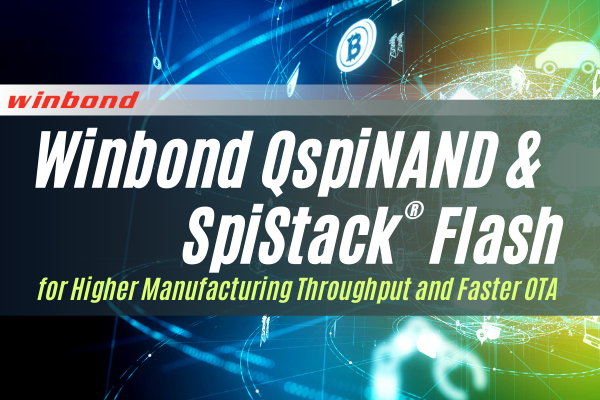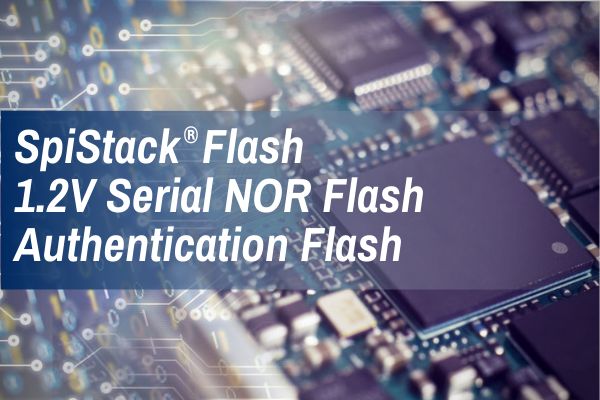Winbond we provide you a wide range of online technical articles for your further exploration. In the meantime, you can also contact us for any further discussion with our Winbond experts.
Outlook 2024: An Ever Growing Imperative
 The semiconductor industry, a crucial player in global decarbonization and electrification, recognises its role in environmental stewardship and has taken steps to align with global standards and initiatives aimed at improving industrial environmental performance. These include the environmental sta...
Read more
The semiconductor industry, a crucial player in global decarbonization and electrification, recognises its role in environmental stewardship and has taken steps to align with global standards and initiatives aimed at improving industrial environmental performance. These include the environmental sta...
Read more
While VAR Impacts Soccer, the IoT Impacts the World
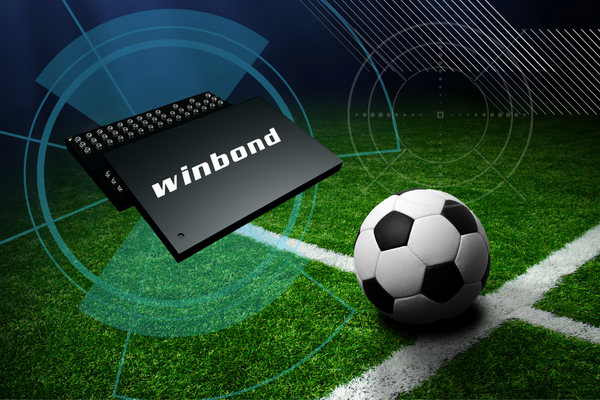 How these tiny sensors change the fairness and accuracy in football is directly attributed to the chips supporting the underlying Technology. The success of edge computing will increasingly rely on indispensable internal memory as the Internet of Things moves us towards a more closely connected worl...
Read more
How these tiny sensors change the fairness and accuracy in football is directly attributed to the chips supporting the underlying Technology. The success of edge computing will increasingly rely on indispensable internal memory as the Internet of Things moves us towards a more closely connected worl...
Read more
The New Role of Storage Manufacturers in the Metaverse
 According to PwC's estimate, the metaverse market will exceed $1.5 trillion by 2030, with semiconductors being one of the key driving factors in its development. The semiconductor industry will likely usher in new growth with the progress of the metaverse market, with the strongest push coming from ...
Read more
According to PwC's estimate, the metaverse market will exceed $1.5 trillion by 2030, with semiconductors being one of the key driving factors in its development. The semiconductor industry will likely usher in new growth with the progress of the metaverse market, with the strongest push coming from ...
Read more
Choosing the Right Flash Memory for AI Endpoint Applications
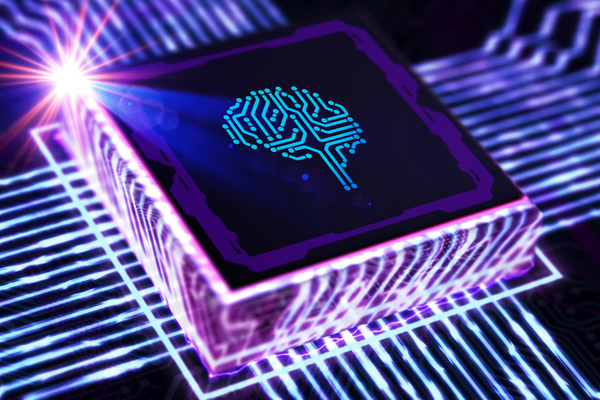 AI technology is divided into two categories; Training and Inference. AI-related chips include CPU, GPU, FPGA, TPU and, ASIC. To get an idea of how these chips compare to one another, here is a comparison focusing of 5 key factors...
Read more
AI technology is divided into two categories; Training and Inference. AI-related chips include CPU, GPU, FPGA, TPU and, ASIC. To get an idea of how these chips compare to one another, here is a comparison focusing of 5 key factors...
Read more
Low Density of LPDDR4x DRAM – the Best Choice for Edge AI
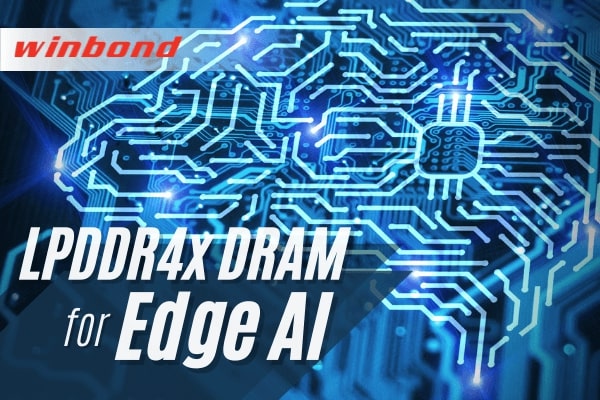 The edge artificial intelligence (AI) chipset market is expected to exceed the cloud AI chipset market for the first time in 2025. According to global tech market advisory firm, ABI Research, the edge AI chipset market will reach US$12.2 billion in revenues, outpacing the cloud AI chipset market.
Read more
The edge artificial intelligence (AI) chipset market is expected to exceed the cloud AI chipset market for the first time in 2025. According to global tech market advisory firm, ABI Research, the edge AI chipset market will reach US$12.2 billion in revenues, outpacing the cloud AI chipset market.
Read more
How the architecture of new home security vision systems affects their choice of system memory technology
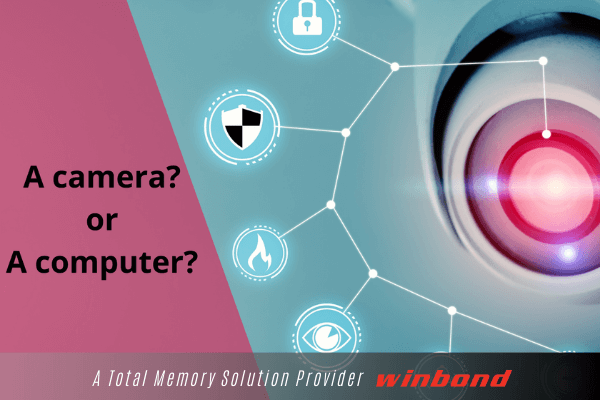 New intelligent vision systems for the home, based on advanced image signal processors (ISPs), are in effect function-specific computers. The latest products in this category have adopted computer-like architectures which depend for low latency, highly responsive operation on fast DRAM system memory...
Read more
New intelligent vision systems for the home, based on advanced image signal processors (ISPs), are in effect function-specific computers. The latest products in this category have adopted computer-like architectures which depend for low latency, highly responsive operation on fast DRAM system memory...
Read more
New generation of wearable medical devices calls for secure, high-density non-volatile memory
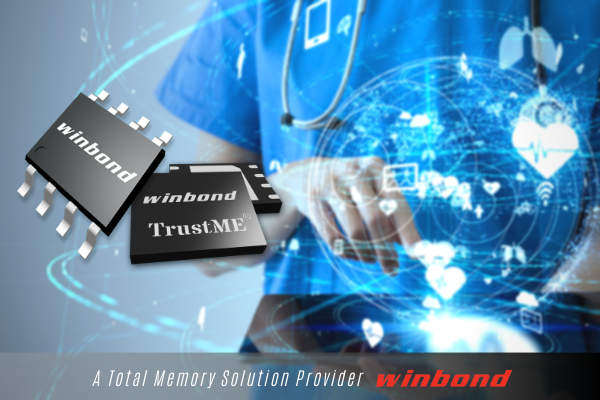 As the world emerges from the Covid-19 crisis, it is likely to leave lasting impacts not only on the patients who have been treated by dedicated doctors and nurses, but also generally on the way that medicine is practised. As a leading manufacturer of specialty memory ICs, Winbond is constantly look...
Read more
As the world emerges from the Covid-19 crisis, it is likely to leave lasting impacts not only on the patients who have been treated by dedicated doctors and nurses, but also generally on the way that medicine is practised. As a leading manufacturer of specialty memory ICs, Winbond is constantly look...
Read more
Three mega-trends for a post-Covid world, and how they affect users of memory technology
 Around the world, the Covid-19 pandemic, and the strict lockdowns which governments have imposed to try to control the spread of infection, have brought short-term upheaval to every aspect of people’s lives. How does a memory IC manufacturer such as Winbond ensure that it is ready to meet the change...
Read more
Around the world, the Covid-19 pandemic, and the strict lockdowns which governments have imposed to try to control the spread of infection, have brought short-term upheaval to every aspect of people’s lives. How does a memory IC manufacturer such as Winbond ensure that it is ready to meet the change...
Read more
A prominent leader in the semiconductor memory technology segment: Winbond
 The use of semiconductor memory has grown and the size of these memory cards has also increased to accommodate large amounts of storage. To meet the growing demand, new memory technologies are introduced by expert memory technology companies like Winbond Electronics Corporation...
Read more
The use of semiconductor memory has grown and the size of these memory cards has also increased to accommodate large amounts of storage. To meet the growing demand, new memory technologies are introduced by expert memory technology companies like Winbond Electronics Corporation...
Read more
Why embedded developers are considering serial NAND Flash for code storage in systems that implement artificial intelligence
 Embedded developers should open their minds to the potential benefits of replacing SPI NOR Flash with serial NAND Flash for storing mission-critical boot and application code, and to reconsider their assumptions about the reliability, longevity and performance of NAND.
Read more
Embedded developers should open their minds to the potential benefits of replacing SPI NOR Flash with serial NAND Flash for storing mission-critical boot and application code, and to reconsider their assumptions about the reliability, longevity and performance of NAND.
Read more
New lower-cost memory solution for 5G cellular modems helps drive adoption of ultra-fast wireless broadband
 5G is a technology platform which supports many potential use cases and end product types. This eliminates the need for a considerable portion of the 5G protocol software code base, and means that a smaller, and cheaper, NAND Flash device for code storage can be used.
Read more
5G is a technology platform which supports many potential use cases and end product types. This eliminates the need for a considerable portion of the 5G protocol software code base, and means that a smaller, and cheaper, NAND Flash device for code storage can be used.
Read more
Live over-the-air system firmware updates to Flash
 Which memory architecture gives the best combination of cost, reliability and performance? This article explores several such design techniques, and explains how the use of Winbond’s SpiStack® memory provides unique benefits when implementing the OTA function in existing hardware designs.
Read more
Which memory architecture gives the best combination of cost, reliability and performance? This article explores several such design techniques, and explains how the use of Winbond’s SpiStack® memory provides unique benefits when implementing the OTA function in existing hardware designs.
Read more
How Serial Flash technology is evolving to meet the new requirements of Industry 4.0 designs
 The Industry 4.0 trend is now stretching the capabilities of almost every important category of electronic component used in industrial machines and systems. Non-volatile memory is being challenged to meet new requirements in Industry 4.0 designs in five main ways.
Read more
The Industry 4.0 trend is now stretching the capabilities of almost every important category of electronic component used in industrial machines and systems. Non-volatile memory is being challenged to meet new requirements in Industry 4.0 designs in five main ways.
Read more
How efficient memory solutions can help designers of IoT nodes meet tight BoM cost targets
 This article explores the choices of memory architecture available to designers of IoT end nodes containing a LPWAN radio, and explains the advantages of various external Flash memory solutions, depending on the system’s requirement for performance, memory capacity and system size.
Read more
This article explores the choices of memory architecture available to designers of IoT end nodes containing a LPWAN radio, and explains the advantages of various external Flash memory solutions, depending on the system’s requirement for performance, memory capacity and system size.
Read more
How improved die-stacking technology reduces pin count, board footprint and system complexity
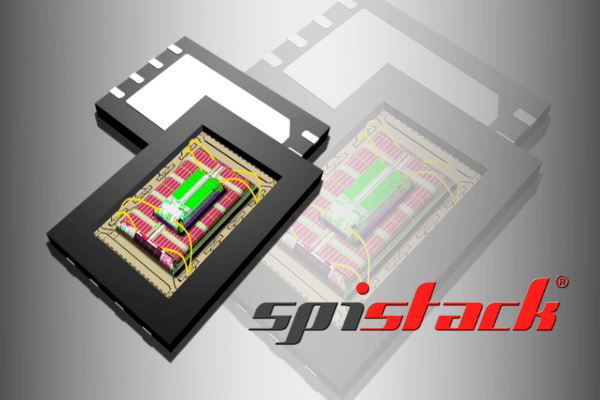 The impacts of replacing two or more discrete Flash memory ICs with a single stacked-die package, and describes a new approach to die stacking developed by Winbond that gives improved performance and a reduction in pin count and board footprint compared to alternative solutions.
Read more
The impacts of replacing two or more discrete Flash memory ICs with a single stacked-die package, and describes a new approach to die stacking developed by Winbond that gives improved performance and a reduction in pin count and board footprint compared to alternative solutions.
Read more
Closing the security gap left by conventional NOR Flash ICs
 In response to demand from security-conscious OEMs, the manufacturers of modern microcontrollers and SoCs commonly equip their products with a broad range of security capabilities. This article explains how Authentication Flash can be uniquely and securely paired to an authorized host controller.
Read more
In response to demand from security-conscious OEMs, the manufacturers of modern microcontrollers and SoCs commonly equip their products with a broad range of security capabilities. This article explains how Authentication Flash can be uniquely and securely paired to an authorized host controller.
Read more
The keys to successful adoption of new low-voltage memory ICs
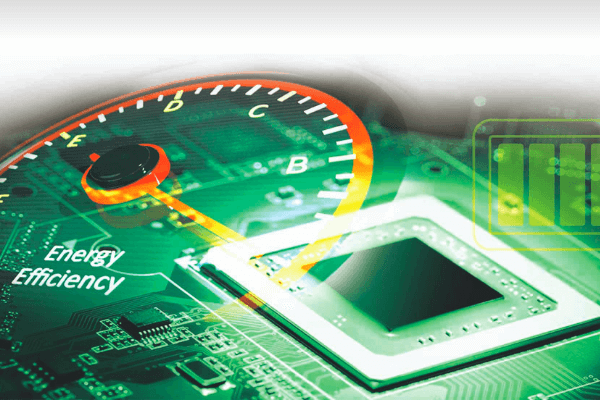 How is the electronics component industry likely to accomplish any move to a lower voltage standard? And how should system designers be preparing now to take advantage of a new generation of lower-voltage component offerings?
Read more
How is the electronics component industry likely to accomplish any move to a lower voltage standard? And how should system designers be preparing now to take advantage of a new generation of lower-voltage component offerings?
Read more
You May Also Be Interested In
Next Webinars
-
DateWebinar TopicRegistration
-
Coming Soon
